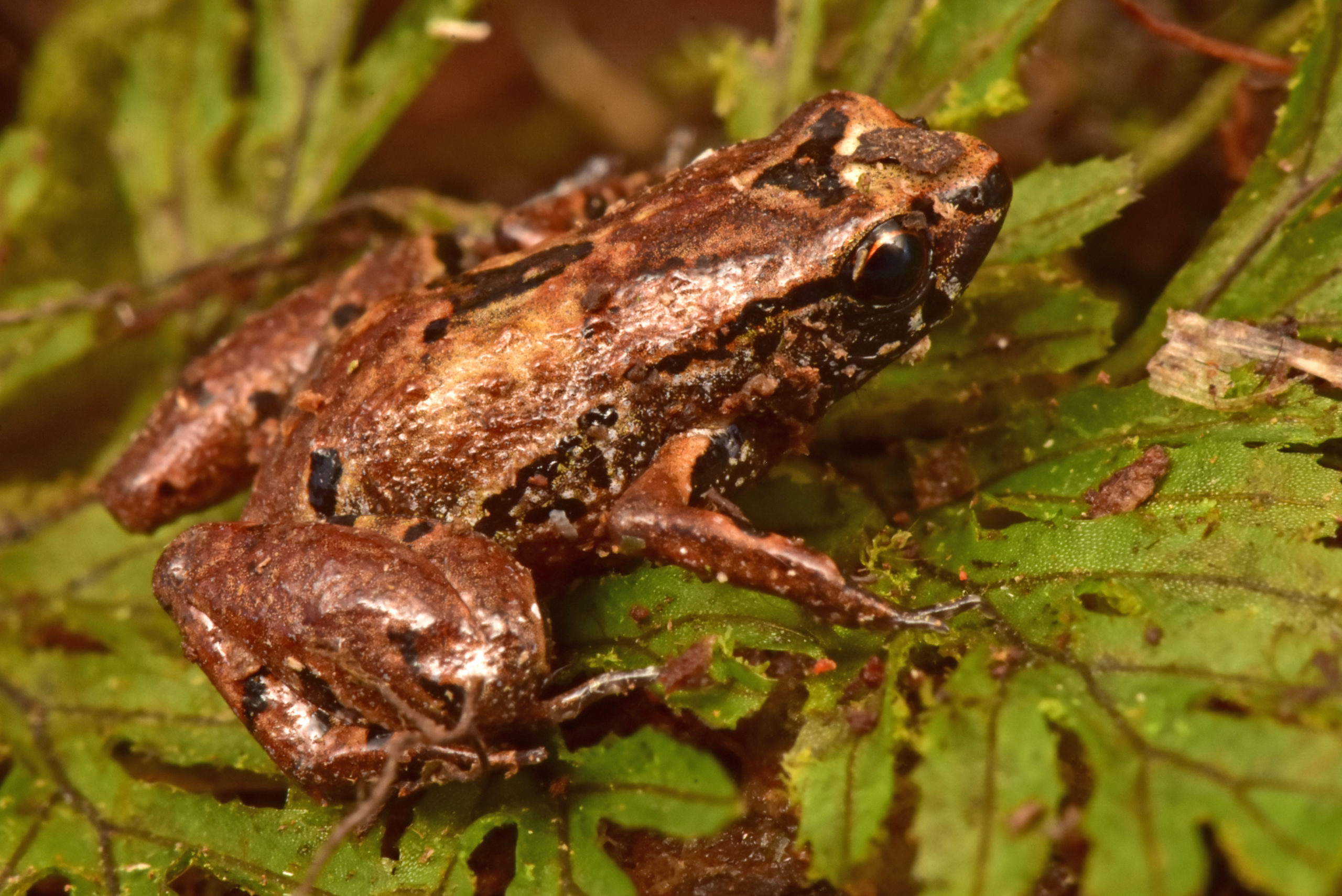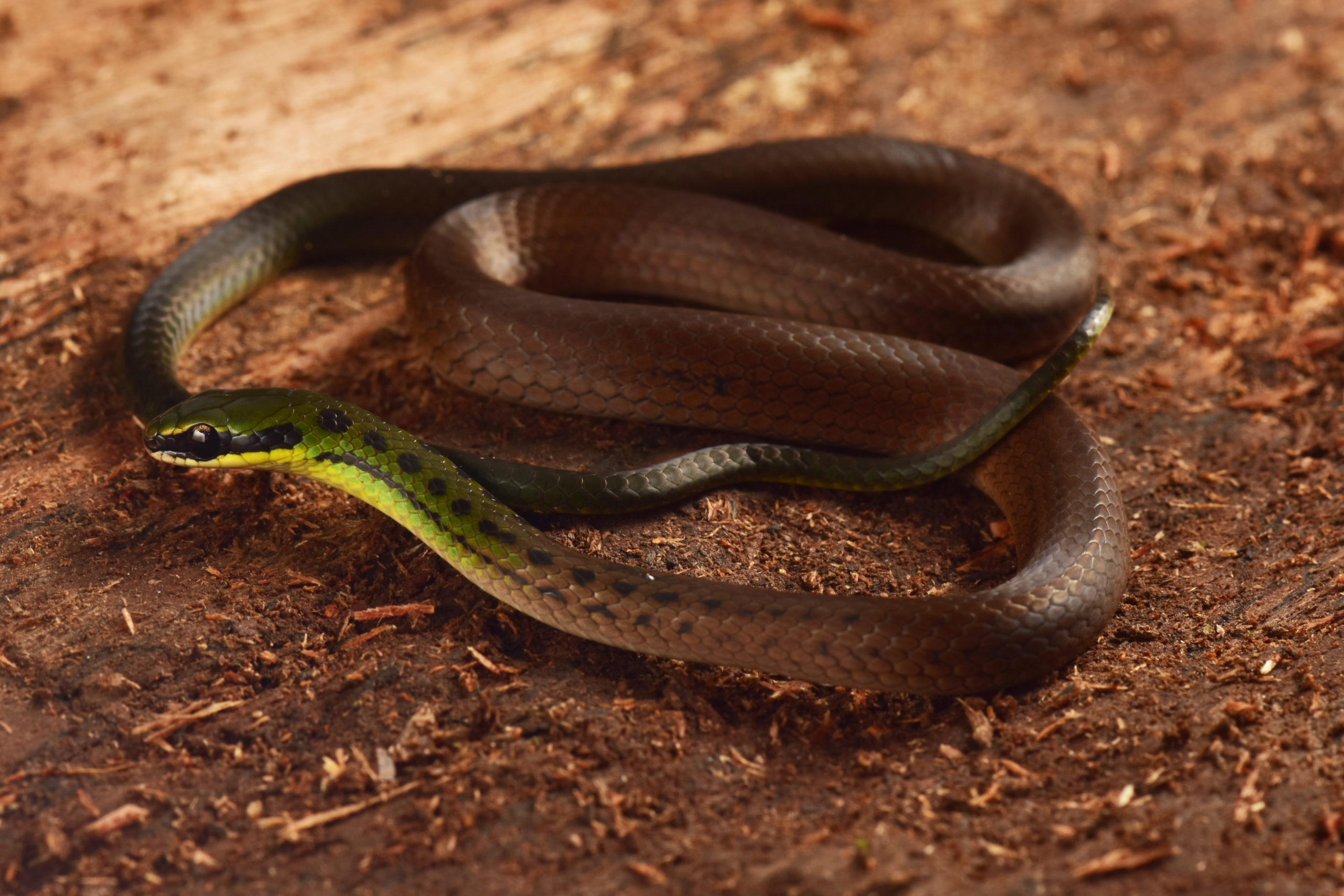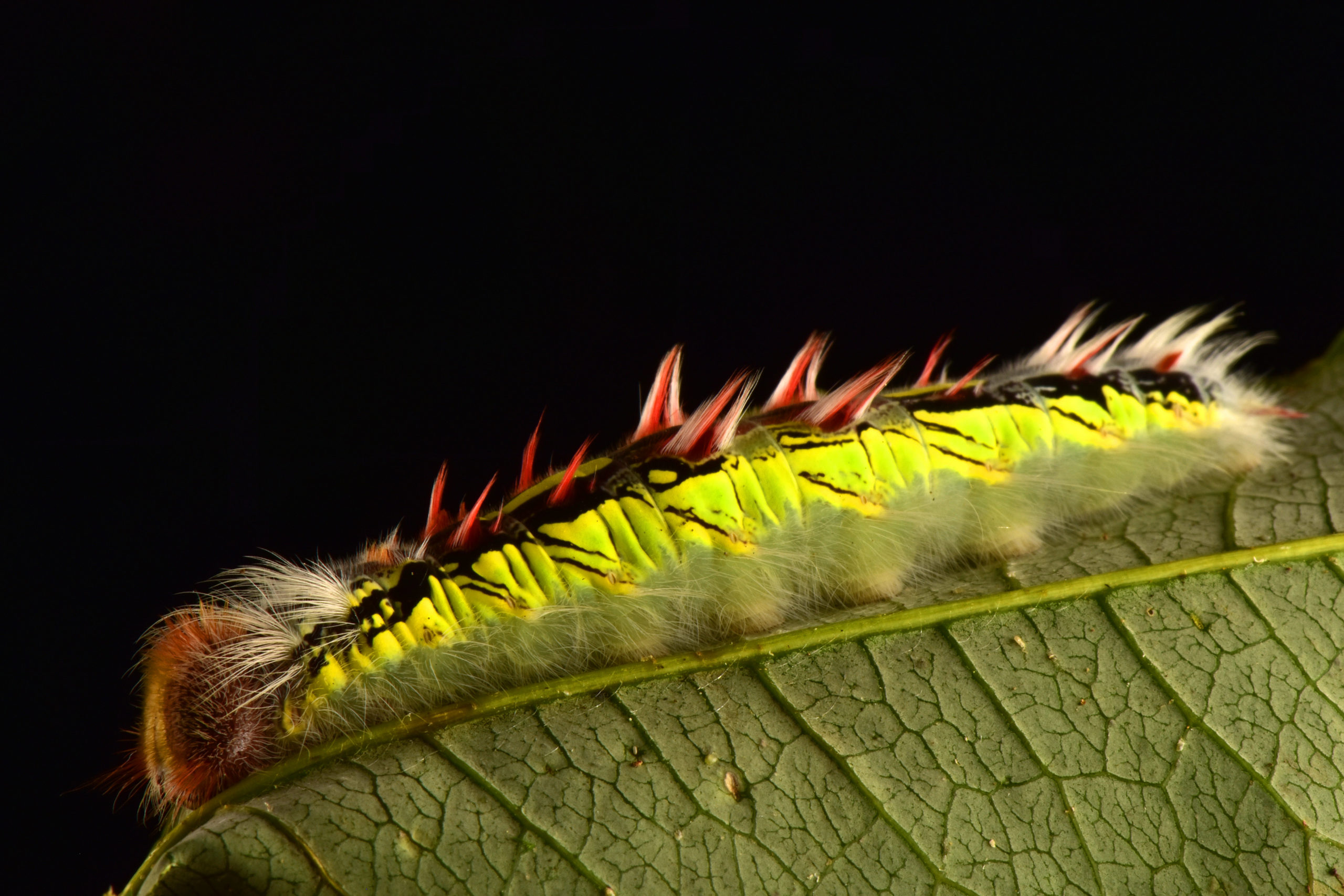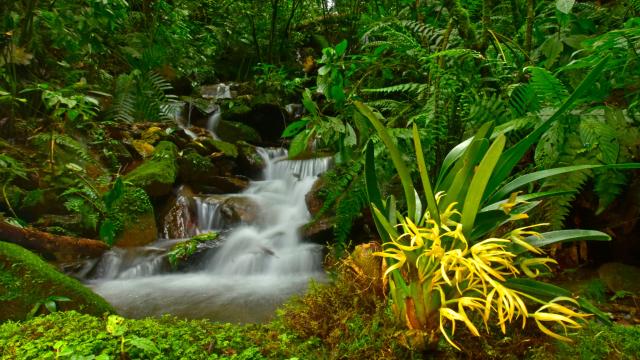There are some 8.7 million known species on Earth. But it’s always exciting to know when scientists find some mysterious creature they didn’t know existed or rediscover one not seen in ages. When it comes to biodiversity, more is a good thing. And I know this is silly, but honestly, bonus points if they’re cute, right?
Well, here’s a treat: On a trip up to the Zongo Valley region of the Andes, a team of researchers led by biologist Trond Larsen, who works with the environmental protection advocacy group Conservation International, recently cataloged not one, not two, but 20 species that scientists didn’t know were out there. They came across some super-rare species, too, which weren’t totally unknown to the research community but hadn’t been seen in a long time, as well as some more commonly seen ones that are just amazing.
“These discoveries are the result of 14 days of intense field work spread across the rugged terrain, misty cloud forests and cascading waterfalls of the Zongo, a truly beautiful and diverse landscape,” Larsen said in an emailed statement. “The remarkable rediscovery of species once thought extinct, especially so close to the city of La Paz, illustrates how sustainable development that embraces conservation of nature can ensure long-term protection of biodiversity as well as the benefits ecosystems provide to people. This area has become a safe haven for amphibians, reptiles, butterflies, and plants that haven’t been found anywhere else on Earth.”
I know you want to see them. So here some highlights.
The Lilliputian Frog

The Lilliputian frog, known in biologist-ese as the Noblella, got its name for being super teeny tiny. This guy is only 1 centimetre long, which is half the width of a penny. They may be the smallest amphibians in the Andes, and among the smallest in the world. No wonder they’d never been seen by scientists before! In fact, Trond’s team almost missed them.
“We heard many of them calling in the forest, but as soon as we got close to them, they would stop calling and would then be virtually impossible to find due to their tiny size and camouflage,” Trond said in an email.
Since these little guys tend to reside in tunnels beneath the thick layers of moss and rich soil of the Zongo cloud forest in Bolivia, they weren’t even easy to find by tracking their chirpy calls. But the scientists found them. And thank god, because just look at this frog.
Bolivian Flag Snake

The Bolivian flag snake, technically called the Eutrachelophis, had never been observed by researchers. The team found this one in the thick undergrowth of forest that sits at the crest of the area the researchers explored. The snake was slithering along the ground among some dense fern plants.
This species gets its name from its red, yellow and green colours similar to the Bolivian flag. Very patriotic. Salute the snake.
Devil Eyed Frog

This devil-eyed frog — or Oreobates zongoensis for long — is known for its blood-red eyes. Someone has been getting a little stoned, I think.
This species had only previously been observed by one scientist, and that was more than two decades ago. Since then, researchers have searched the Andes far and wide for these frogs, but to no avail.
But on this trip, the researchers found a bunch of these frogs all over the Zongo Valley, which indicates that previous expeditions may have been searching in the wrong places. The frogs’ elusive nature may be partially due to their sneaky habits. Like the Lilliputian frog, the devil-eyed frog tends to hide under moss and soil around bamboo roots. But dude. Please don’t hide from me. I want to hang out.
Mercedes robber frog

The scientists found this Mercedes’ robber frog, formally known as a Yunganastes mercedesae, high in Bolivia’s Andean foothills. It’s a super rare cloud forest frog that was previously only seen by in four sites in Bolivia and one in Peru.
“We don’t know much about this frog since it is so rare, but we found one individual on the forest floor while walking at night with a headlamp during a heavy rain,” Trond said. “Based on its appearance, it is likely that this frog climbs trees, which may be one reason it is difficult to find, and the one that we found may have fallen out of a tree in the rain.”
This was the first time it had ever been seen by Westerners in the Zongo Valley area. But let’s hope it’s not the last, because I love this guy.
Morpho butterfly caterpillar

OK, this one isn’t a rare species, but it’s got a vibe. This is the caterpillar of a morpho butterfly, but I’m starting a petition to get its name changed to “Spencer’s Gift caterpillar” because look at that neon green and those shocking pink hairs. It truly looks like this guy has an embarrassing middle-school mohawk that he’s heading to the mall to show off.
When these guys grow up, they turn into bright blue butterflies. Their colour makes them frequently sought after by tourists and collectors who have spotted them. But the caterpillar had never been documented by scientists until now.
Satyr butterfly

I apologise for including a photograph of something dead, but hear me out. This is a satyr butterfly (or Euptychoides fida if you’re feeling fancy), and scientists thought it was gone from the region. This species hasn’t been seen in 98 years. This butterfly is only known to live in and around the Zongo Valley. Researchers used rotten fruit and dung (yum?) to capture a specimen in a cylindrical mesh trap.
This isn’t the most dazzling-looking of the creatures that the researchers found, but I still find it really beautiful. The patterns on its wings remind me of an antique piece of pottery or an embroidered wool shawl. 10/10 butterfly, would hope to see again, ideally in the wild.
